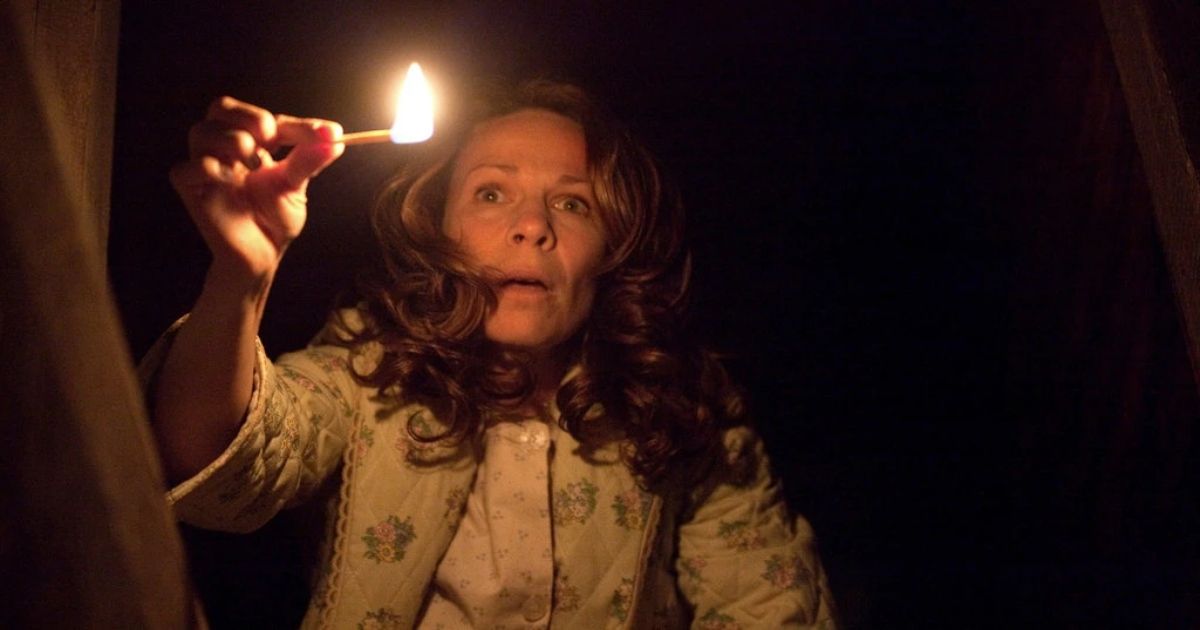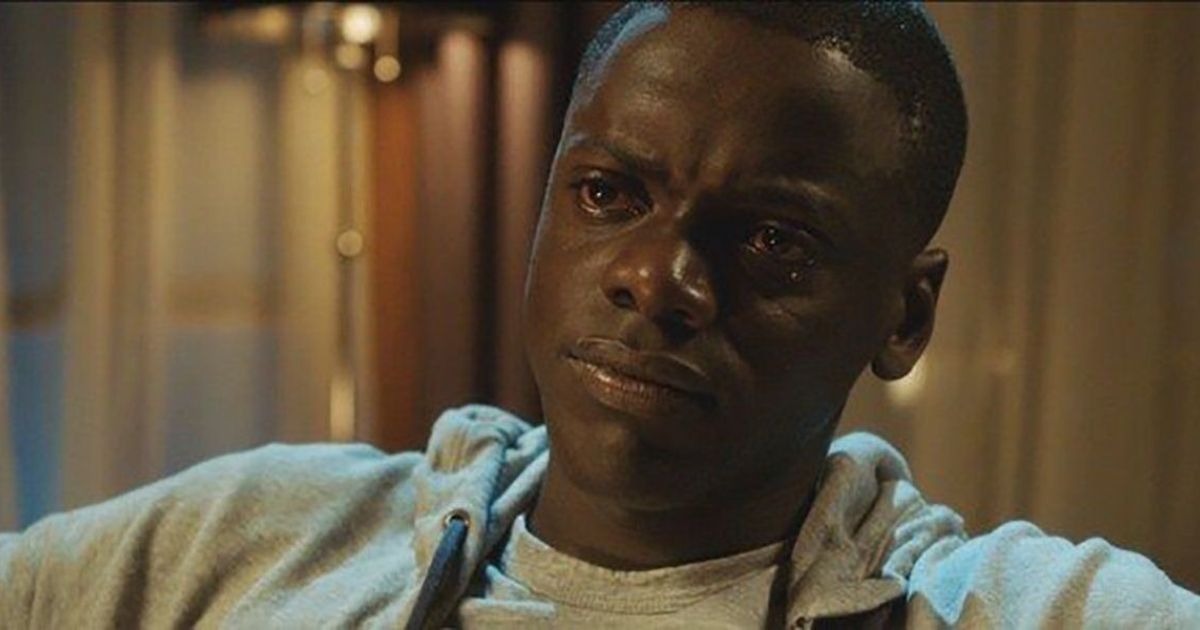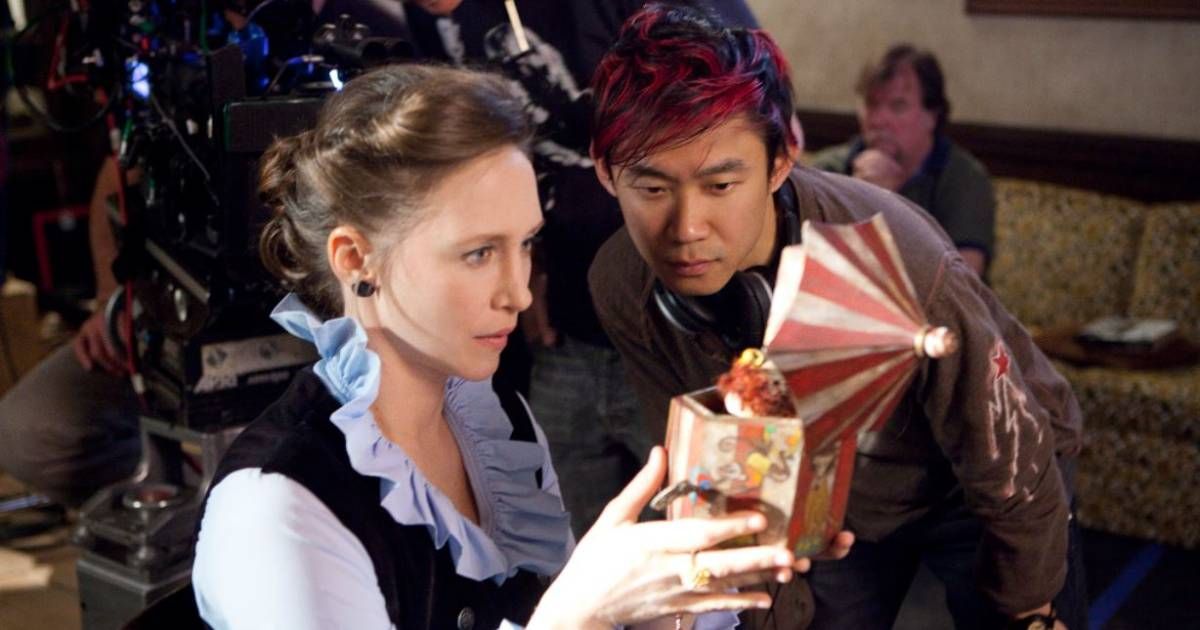From the classic black and white horror movies to the present-day box office hits like The Conjuring series and Get Out, horror movies have been a popular genre among moviegoers and a staple in Hollywood. They offer a unique blend of suspense, thrills, and terror that can leave audiences on the edge of their seats. But why do we enjoy being scared? What is it about the horror genre that draws us in?
In this article, we will explore the evolutionary, psychological, and cultural factors that contribute to the appeal of horror movies.
The Appeal of Horror Movies
One of the reasons why we enjoy being scared is rooted in our evolutionary psychology. Our ancestors had to constantly be on guard against threats in their environment, and the ability to recognize and respond to danger quickly was essential to their survival. Horror movies tap into this primal instinct by simulating dangerous situations and allowing us to experience the rush of adrenaline that comes with them.
Another factor that contributes to the appeal of horror movies is the adrenaline rush they provide. When we watch a horror movie, our bodies go into fight or flight mode, releasing adrenaline and other stress hormones. This rush can be addictive, and many people seek out the thrill of horror movies as a way to experience this rush in a safe and controlled environment.
Horror movies offer a way to experience fear in a safe environment. We know that the events on screen are not real and that we are not in any real danger. This allows us to confront our fears without actually putting ourselves in harm's way. The fight or flight response is an adaptive response that has helped us survive throughout evolution. However, in modern society, we rarely face life-threatening situations. Horror movies allow us to experience this response in a safe environment.
Lastly, the context in which we experience fear is also important. We are more likely to experience fear in situations where we feel vulnerable or powerless. Horror movies often feature characters who are in such situations, making us more empathetic to their plight and more susceptible to feeling fear.
Cultural Significance of Horror Movies
One of the reasons why horror movies continue to be popular is because they reflect our deepest fears as a society. Whether it's the fear of the unknown, the fear of death, or the fear of the supernatural, horror movies tap into our primal instincts and allow us to confront these fears in a safe environment. By doing so, we can process these fears and learn to cope with them in our everyday lives.
In addition to reflecting our fears, horror movies can also serve as a form of social commentary. For example, films like George Romero's Night of the Living Dead and Jordan Peele's Get Out use horror elements to comment on issues like race, class, and politics. By using horror as a lens to explore these issues, filmmakers can create a visceral and impactful experience that sticks with viewers long after the curtains fall and the credits roll.
Horror movies can also be viewed through a historical lens, as they often reflect the fears and anxieties of their time. For example, the war movies of the 1930s and 40s reflected the anxieties of World War II, while the slasher movies of the 1980s reflected the fears of the AIDS epidemic and the rise of serial killers. By understanding the historical context of these films, we can gain a deeper appreciation for their impact and significance.
The Magic of Filmmaking in Horror
Filmmaking plays a crucial role in creating the atmosphere and tension that make horror movies so effective. Visual techniques like lighting, framing, and camera angles can create a sense of unease, while sound effects like creaking doors and ominous music can build suspense and anticipation. By carefully crafting these elements, filmmakers can create a world that immerses viewers and keeps them on the edge of their seats.
Suspense is a key element of horror movies, and filmmakers use a variety of techniques to keep viewers engaged and invested. One technique is the use of jump scares, where a sudden sound or image startles the audience. Another technique is the slow burn, where tension is built gradually over time. By using these techniques in combination, filmmakers can create a sense of dread that keeps viewers on edge throughout the film.
Music and sound effects play a critical role in building suspense and creating a sense of atmosphere in horror movies. From the iconic theme of Halloween, to the unsettling score of Psycho, music can heighten the tension and emotion of a scene. Similarly, sound effects like footsteps, whispers, and breathing can create a sense of unease and keep viewers guessing about what's going to happen next.
Horror movies continue to captivate audiences because they reflect our deepest fears, serve as a form of social commentary, and can be viewed through a historical lens. Filmmakers use visual and sound techniques to create fear, build suspense, and immerse viewers in the world of the film. Horror movies have a powerful appeal because they provide a safe way to experience fear and release negative emotions—so don't be afraid to embrace fear in a safe environment, and enjoy the thrill of watching a good horror movie!




